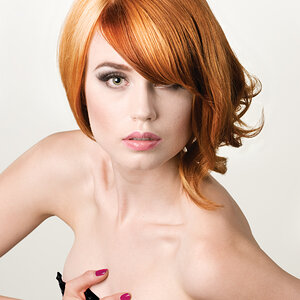Bakko
TPF Noob!
- Joined
- May 30, 2009
- Messages
- 49
- Reaction score
- 0
- Can others edit my Photos
- Photos OK to edit
its a great book and all, and i did learn a lot, but it wasnt what i was looking for in a book.
I need a book that explains ISO and aperture to a beginner. i know nothing about the 2 topics and dont want to wait until fall to learn it when i start my classes. Im going on a few trips this summer and i want to be able to use my camera(i recently bought a Canon A1 with a 50mm lens)
So does anyone know of a good book that explains aperture and iso setting(i.e when/where to use what settings) that they recommend??
thnx =]]
I need a book that explains ISO and aperture to a beginner. i know nothing about the 2 topics and dont want to wait until fall to learn it when i start my classes. Im going on a few trips this summer and i want to be able to use my camera(i recently bought a Canon A1 with a 50mm lens)
So does anyone know of a good book that explains aperture and iso setting(i.e when/where to use what settings) that they recommend??
thnx =]]


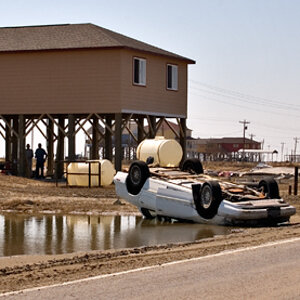
![[No title]](/data/xfmg/thumbnail/35/35880-9a6926237907ab72b42781d9a09698a6.jpg?1619737209)

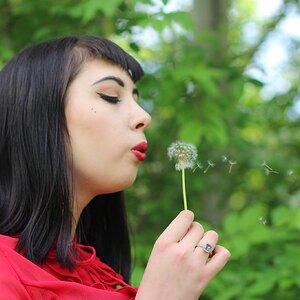
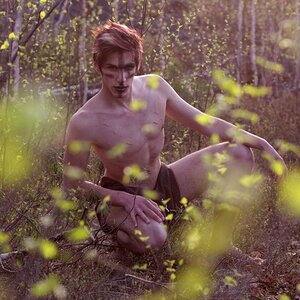
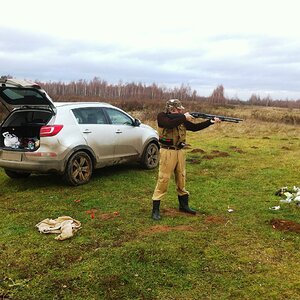
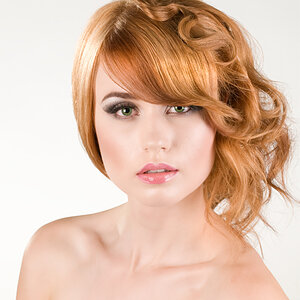

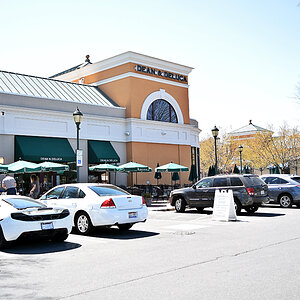
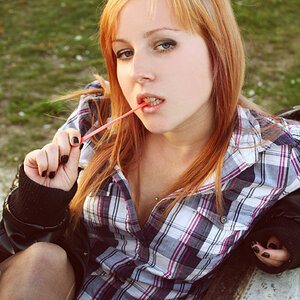
![[No title]](/data/xfmg/thumbnail/35/35877-b537a0bce18fcb18b610d787610f3d3d.jpg?1619737203)
